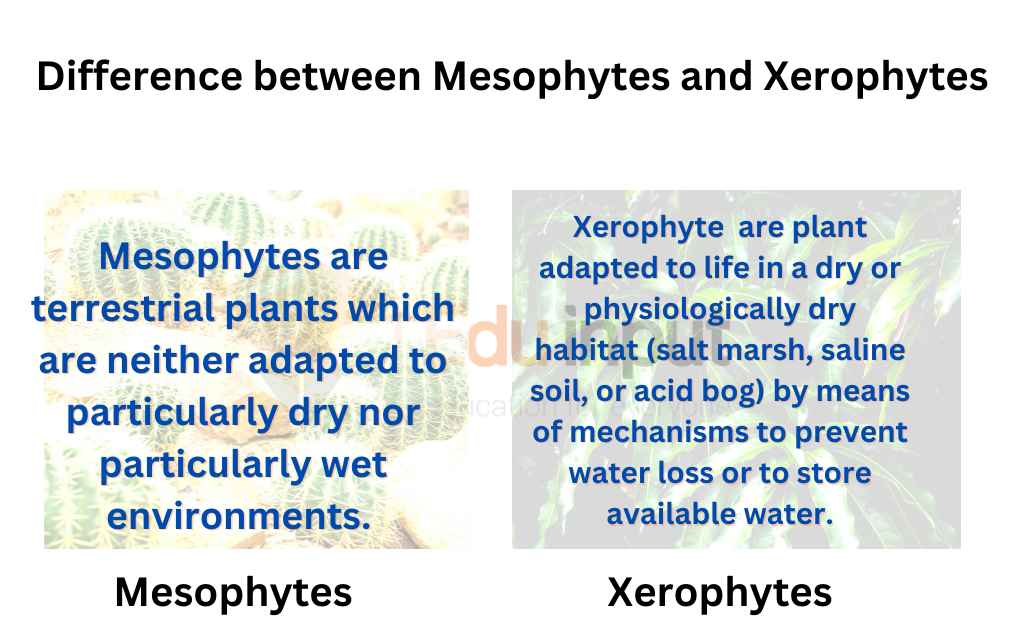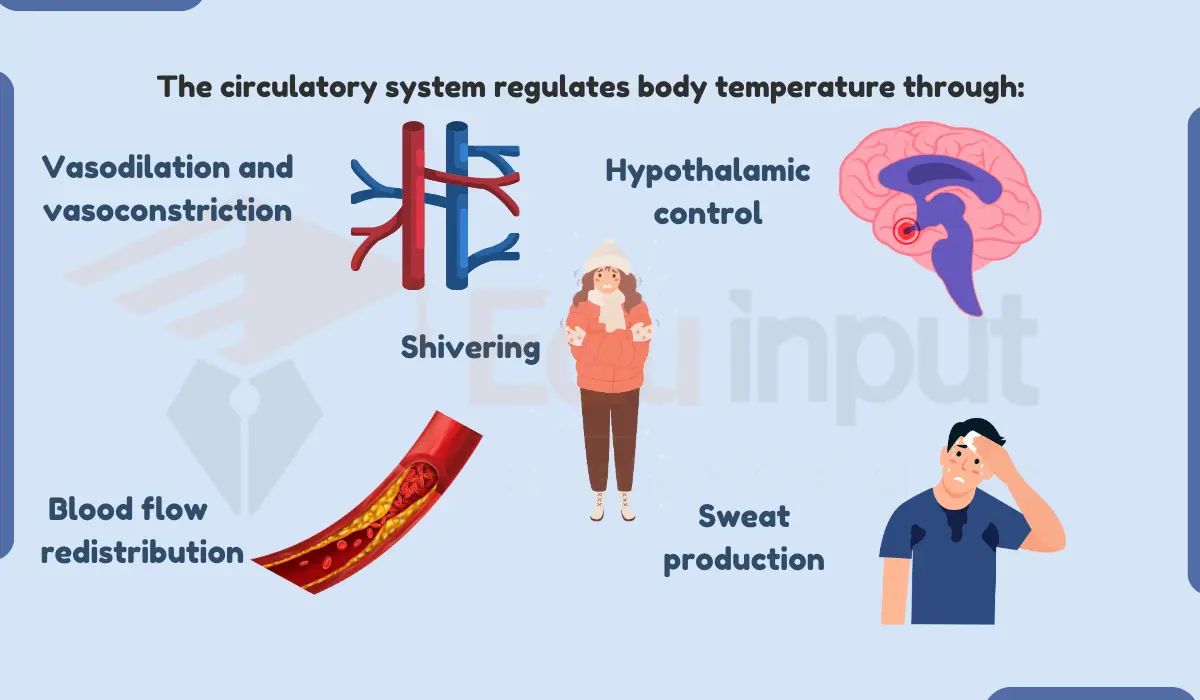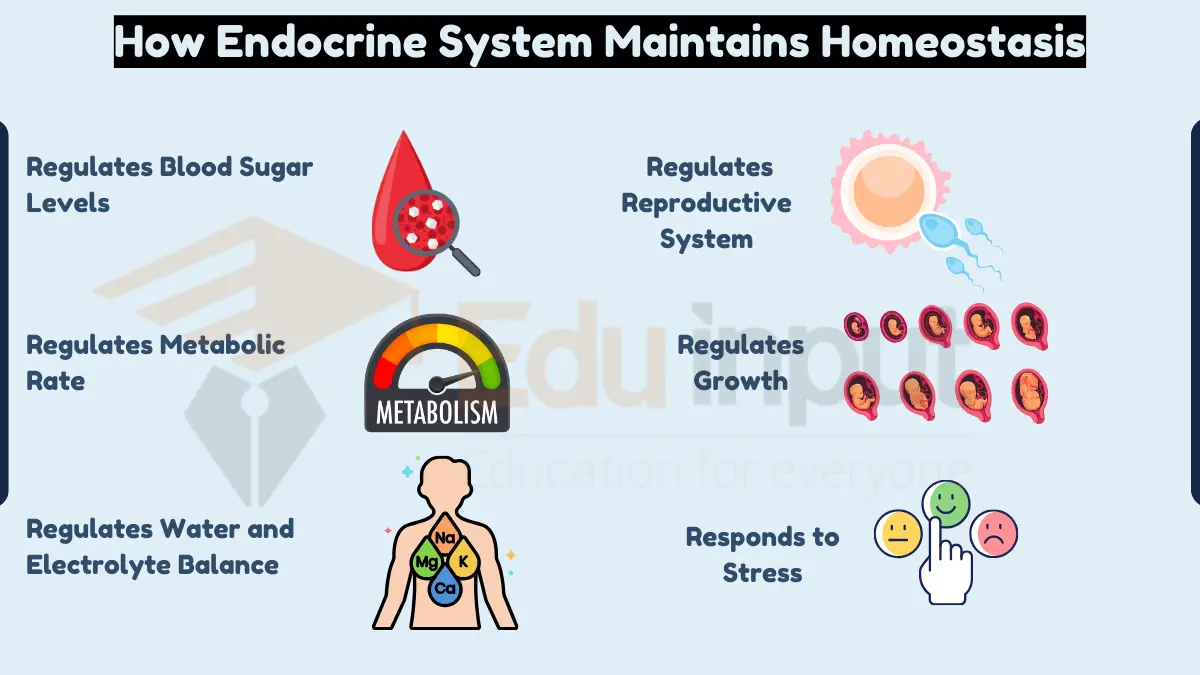Electrolyte Balance In Human Body | The Electrolyte Composition Of Body Fluids
When a compound is dissolved, it is called an ion. NaCl doesn’t exist as a compound but as a cation and anion. If you want to know the concentration of electrolytes, it’s usually expressed in mEq/l.
A gram equivalent weight is the weight of a compound in grams that can be combined with or removed from 1 gram of hydrogen. The weight of one gram is the same as the weight of 1000 milliequivalent.
The Electrolyte Composition Of Body Fluids
The osmotic equilibrium and water balance are maintained by the distribution of electrolytes in body fluids. Electrical neutrality equals the total concentration of cations and anions in each body compartment. The concentration of cations and anions is different between the fluids. The K+ is the intracellular cation.
The difference in concentration is crucial for cell survival. Na+ is the principal extracellular cation while K+ is the intracellular cation. This difference in the concentration is essential for cell survival which is maintained by the sodium–potassium pump.
The Osmolality Of Body Fluids
There are two ways of expressing the concentration of molecules about the osmotic pressure.
Osmolarity:
The number of moles (or millimoles) per liter of solution.
Osmolality:
The number of moles (or millimoles) per kg of solvent.
Regulation Of Electrolyte Balance
The amount of water and electrolyte is regulated by the kidneys. The hormones used to regulate are aldosterone, ADH, and renin-angiotensin.
Aldosterone:
It is produced by the adrenal cortex. Aldosterone increases Na+ reabsorption. Retention of Na+ is the net effect.
As in the case of ADH, the result is water diuresis. In comparison to ADH, which increases Na+ excretion, and decreases Cl excretion, aldosterone increases both.
Aldosterone can be produced in response to several factors, including low blood pressure, high osmolality, and low plasma sodium concentration. Aldosterone is not produced in normal conditions of blood pressure and osmolality, but it is produced in low blood pressure and osmolality environments.
Renin-Angiotensin:
Aldosterone and the renin-angiotensin system are linked in their secretion. Blood pressure is decreased due to a decrease in the amount of fluid in your extracellular fluid. Renin acts on angiotensinogen to produce angiotensin I.
Angiotensin II stimulates the release of aldosterone after it is converted to angiotensin. In the regulation of Na+, there is a relation between renin, angiotensin, and aldosterone. Aldosterone and ADH work together to maintain the normal fluid and electrolyte balance.
Antidiuretic Hormone (ADH):
There is an increase in the amount of osmolality when the hypothalamus releases ADH. The amount of water absorbed by the kidneys is increased when ADH is used.
Atrial Natriuretic Factor (ANF) :
Atriopeptin has a 28-amino acid and a Peptide. Increased blood volume, elevated blood pressure, and high salt intake are some of the reasons it is produced in the heart’s atrium. Increasing GFR, sodium excretion, and urine output can be achieved by ANF. The actions of renin and aldosterone increase salt retention and blood pressure as opposed to opposing them.
In the treatment of hypertension, diuretics increase urine volume by stimulating the excretion of water and sodium. The most commonly used diuretics are bendrofluazide, frusemide, spironolactone, and mannitol. Diuretics can be used in the treatment of hypertension and heart failure.
Frequently Asked Questions-FAQs
What is Osmolarity?
The number of moles or millimoles per liter of solution is called osomolarity.
What is Osmolality?
The number of moles (or millimoles) per kg of solvent is .
How the electrolyte balance is regulated in humans?
Electrolyte balance is regulated by kidneys.
Which Hormones are used in electrolyte balance?
Aldosterone, ADH, and renin-angiotensin are the hormones used to regulate water and electrolyte balance.






Leave a Reply